Home / Resources
Resources
Discover a Wealth of BPM Knowledge and Expertise at BPMInstitute.org!
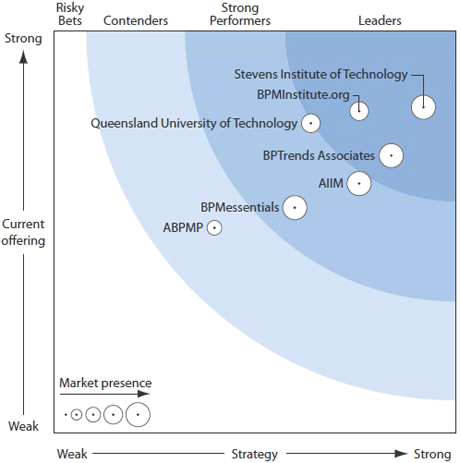
Independent Research Firm Recognizes BPMInstitute.org as a Leader in BPM Training
About the Report
As more and more organizations embrace Business Process Management (BPM) for the design of enterprise organizational and information systems, the demand for BPM training increases.
Many companies claim they’re the best at BPM training. Who should you believe?
Believe what industry expert Forrester Research is saying in the 2012 Forrester Wave report BPM Training and Certification Programs. It evaluates top BPM training and certification providers, citing BPMInstitute.org as a leader in the BPM training market – and a top scorer in 7 of the 15 BPM skills development categories.
Download your copy of the Forrester Wave report BPM Training and Certification Programs and get their objective review of the top organizations in the BPM training space.

Using a BPMS to Enable Process Transformation
This article offers advice on how to use a BPMS to support process transformation across three specific business areas. When an organisation uses a BPMS to enable empowerment, focus on quality and compliance, and remove unnecessary human touches, it will gain great rewards.
The technology available to exploit these opportunities will vary across vendor solutions, but it is valid to assume at least basic support exists in the majority of solutions on the market.

Multi Channel Enterprises – A Road to Redemption
The online shopper is extremely savvy and has myriads of options available to them for different products and services. They often move from site to site to compare prices, shipping costs and product features.

The Five Most Important Differences Between The Decision Model and Business Rules Approaches
While many organizations have adopted The Decision Model, others are actively exploring how it may improve or totally replace their current business rules approaches. The latter are asking the critical question:
How is The Decision is Model different from what we are doing and why are these differences important?
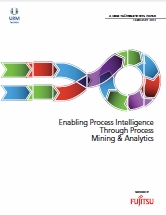
Enabling Process Intelligence Through Process Mining & Analytics
To be successful in today’s increasingly transparent and competitive business world, organizations need to provide visibility into business processes while optimizing their use of internal resources to improve business performance. Accomplishing these goals requires powerful data collection and analytical tools to gain actionable insights into business processes, systems and data.
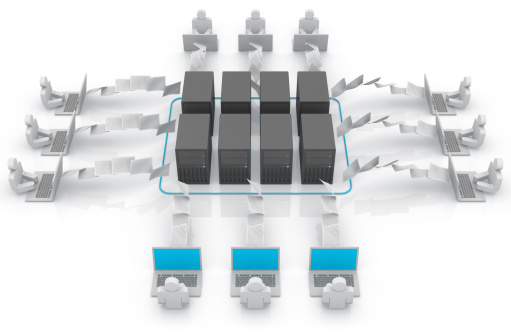
Have you Assessed your BPM Efforts?
Co-authored by: Jerry Stevens, Process Strategist, Process Strategy Group
Most organizations are improving processes in some shape or form.. Many companies employ some type of improvement method, whether it is Lean, Six Sigma, TQM, BPM or some iteration of an improvement technique. They realize that the most effective way to improve how an organization provides products and services to their customers is through the review and improvement of customer facing processes.
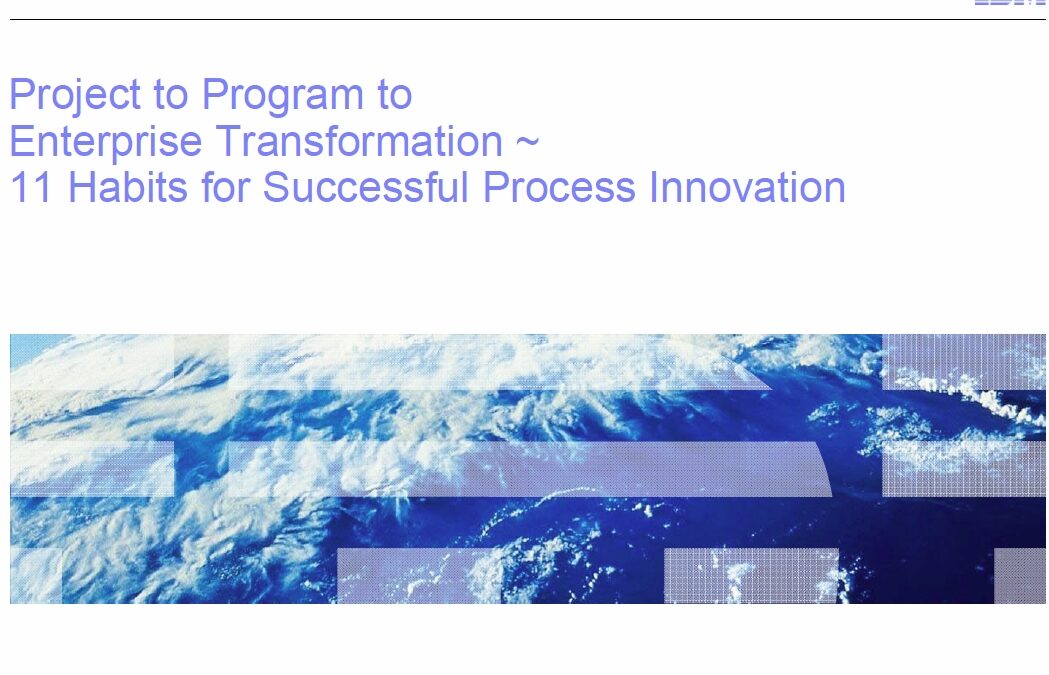
11 Habits for Highly Successful BPM Programs
Learn the Habits that drive process-improvement success, from project delivery and growing team competency to scaling BPM across the enterprise. These are proven techniques that will help you get started implementing successful BPM projects throughout your organization. Process improvement is about achieving better business outcomes. Technology is providing powerful capabilities that organizations are using now to quickly and continuously improve customer-facing and back-end operations. The challenge, of course, is that there is no one-size-fits-all solution.
Presenter Bios
Bill Hahn, BPM Solution Architect, IBM
Bill Hahn is an IBM Sr. Consulting BPM Solution Architect, Open Group Master Certified ITS and Development Tools Evangelist. In 20+ years at IBM he has worked in the development labs, consulting services and technical sales. Bill is currently based in Chicago.

Best Practices and Customer Success with BPM
Companies worldwide have for generations sought to better manage the processes that are key to their constituencies and business by managing them to improve efficiency, insight into their impact, and how to use them to achieve greater flexibility. Over the years the introduction of new technology provides new ways to achieve these benefits yet each new technology also imposes a barrier in the path of success. In addition, change management and human and organizational change is a naturally resistant force that can stand in the way of success.
This workshop will address companies’ challenges to BPM success and provide best practices, demonstrations, and case studies to highlight processes, results, and challenges addressed. This workshop will also include a look at the latest process management technology from Oracle that has been designed to simplify achieving process management success.
Presenter Bios

Breaking Through the Barriers to BPM Success
Companies worldwide have for generations sought to better manage their key business processes to improve efficiency, insight into their impact, and to achieve greater business flexibility. The introduction of new technology consistently provides new ways to achieve these benefits yet each new technology also imposes constraints, or barriers, in the path of success. In addition the natural resistance to human and organizational change in the enterprise is a deterrent process optimization.
This workshop will address the challenges to BPM success and provide best practices, demonstrations, and case studies to highlight business challenges, processes, and results. This workshop will also include a look at the latest process management technology from Oracle that has been designed to simplify achieving process management success

Capability Mapping Shortcuts: The Risks & Advantages
More and more organizations are looking for ways to expedite capability mapping efforts – with limited success. Seeking shortcuts to establishing a robust baseline upon which to build business strategies and priorities, drive initiatives, target funding and drive IT architecture has delivered suboptimal results. With so much at stake and so many organizations seeking answers, I would like to say that there is a quick and easy approach to establishing capability maps and other foundational aspects of business architecture.

Independent Comparison of BPM from Pegasystems, TIBCO & IBM
Lustratus Research, a leading analyst, compared BPM from Pegasystems, TIBCO & IBM to uncover the best approach to process improvement from a customer’s perspective:
- Total Cost of Ownership
- Risk of investment
- Time to Value
- Overall Value

Change Management Strategies: 6 Tips
“People hate change!” This is a pretty well-accepted statement for those of us who work in the technology industry. Most of us involved in driving change in large organizations have the battle scars from those that were less than successful.

Smartening the System
Education systems across the world are learning to strategically apply information technologies to make use of one of their greatest assets: data.
Predictive Analytics is a key technology that is stretching the capabilities of leaders to make more informed decisions about students, schools and special programs. Gone are the days of gut feel decisions based on the here-and-now.

Culture Change and Business Process – Solution Approach No. 1
Perhaps you recall my recent article: Culture Matters. Included in the article were approaches that my colleagues and I had used over the years to support change and transformation in a variety of organizations. I had listed various approaches and the first bullet in that article was:

Extending Your Business Rules with BPM
System (BRMS) understands the benefits of empowering knowledge workers to respond quickly to changing market dynamics. Business Rules are a powerful tool for automating and optimizing decisions, and a critical part of an overall process improvement initiative.
Combining Business Rules or Decision Management with BPM extends the value of your existing investment. Decisions are a part of every process and the decision services created to support other areas of your business can be re-used within the context of a running BPM process. BPM can also be used enhance the quality of data required for decision services and provide visibility across decision services to ensure they align with organizational goals and objectives.

On the Edge with the Business Architecture
The title of this article may cause one to think about the “edge” in a “bleeding edge” context in that the Business Architecture (BA) represents a new high risk initiative that will most likely consume vast amounts of corporate resources in order to succeed. One might consider other similar contexts such as “cutting edge” or “leading edge,” but there is another context to consider as well. In the 21st Century we live in the Information Age which is sometimes referred to as the Computer Age or Digital Age. Apart from how one refers to
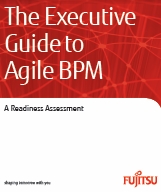
The Executive Guide to Agile BPM
A Readiness Assessment
Why your Agile BPM solution must be anything but routine
For years, business process management (BPM) solutions have focused primarily on long-running, routine, and seldom-changing processes. BPM has successfully guided system integration and provided business intelligence and monitoring for a wide variety of predictable, repetitive tasks and activities.

BPM Adoption Patterns & Practices in Industry
Greater operational efficiency and business agility are goals that are relevant to companies across all industry. Attend this webinar with Sanjeev Sharma, Principal Product Director, BPM & SOA and learn how Financial Services, Communications, Utilities and Retail customers have adopted business process management, employed best practices, and addressed the pertinent process challenges within their industry to deliver relevant business value.
Featured Speaker:

Avoiding the Accidental SOA Cloud Architecture
Prior to the hybrid cloud, IT determined how an enterprise infrastructure grew. With the introduction of Software-as-a-Service (SaaS), lines of business, such as marketing, sales and logistics, can expand the enterprise infrastructure without involving IT by directly purchasing SaaS. Beware of the “accidental SOA cloud architecture.”
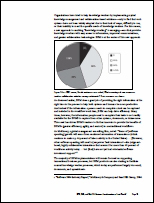
BPM, SOA, and Web 2.0: Business Transformation or Train Wreck?
The challenges faced by today’s government agencies and commercial operations are many and varied—and to stay afloat, these organizations must not only promote change from within, but they must also be agile enough to quickly adapt to evolving markets, policies, regulations, and business models. Fortunately for them, the convergence of a trio of technologies and business practices—business process management (BPM), service-oriented architecture (SOA), and Web 2.0—is providing a solution.













